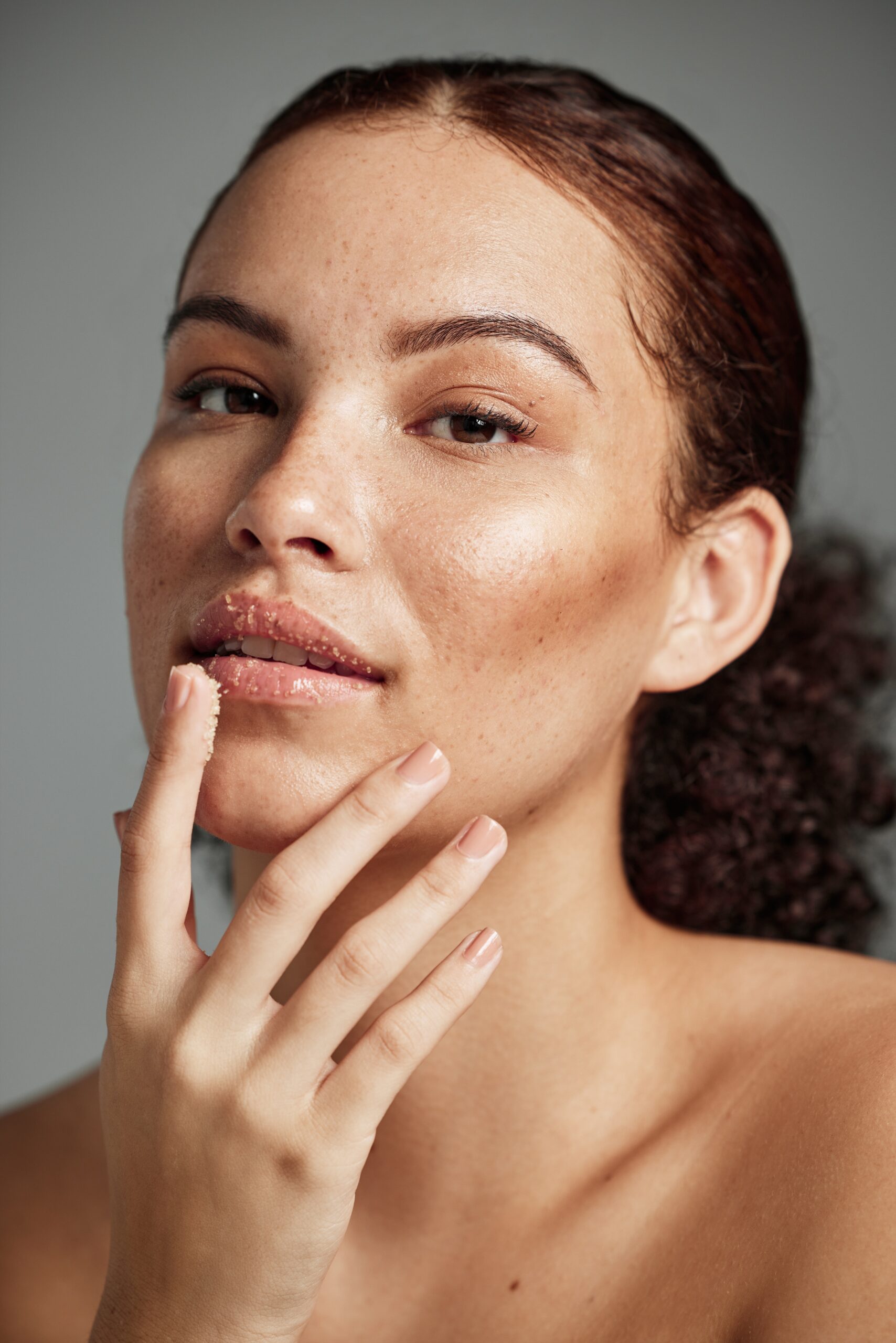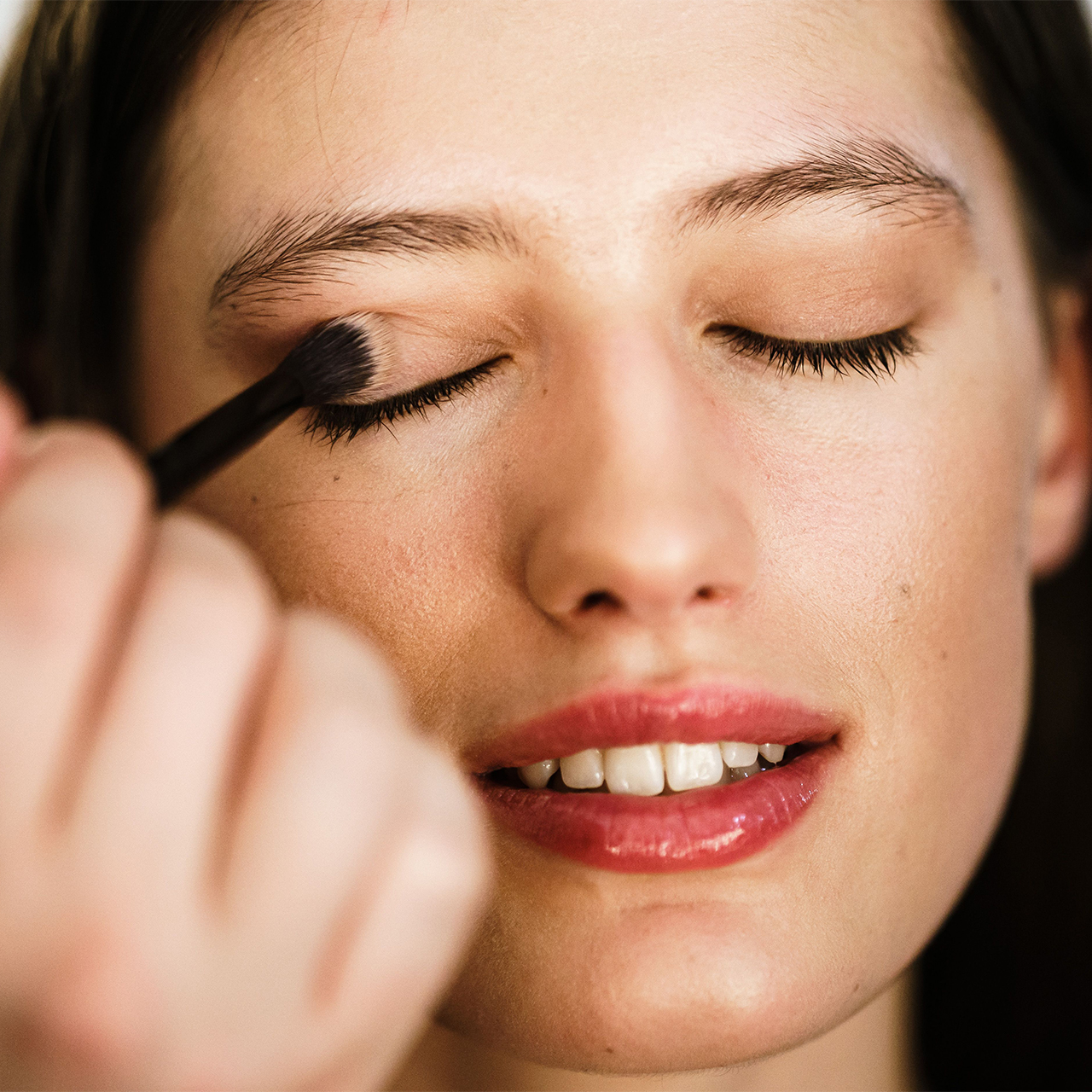When it comes to makeup, creating a smooth and even base on your skin with foundation is one of the easiest ways to mask imperfections and play into the illusion of a glowing, youthful complexion. But if only it were as simple as throwing on some product and calling it a day. As with any other aspect of your makeup routine, there are certain techniques that can improve your appearance, and others which may inadvertently invoke the opposite effect, making you look instantly older.
In order to get the most out of your makeup so your products can help you to feel like the best version of yourself, we spoke with Kristen Fortier, Makeup Artist & Product Innovation Lead for Crunchi for her input on the four major foundation mistakes you may be making, and how to avoid them to achieve younger looking skin.


Neglecting A Great Skincare Routine
Before we even get to foundation, setting in place a good skincare routine is essential for creating a hydrated and primed base for your product. “If your skin is not hydrated, any makeup that is applied will fall into dry areas of the skin and immediately cause the skin to look older,” warns Fortier. Making sure to use a thick moisturizer in the winter months can help to prepare your skin for makeup and eliminate rough, dry patches that can cause your foundation to look patchy. If you have particularly flaky skin, a beauty oil may be a worthwhile investment to set the stage for even makeup application.
Using Too Much Product
It can be easy to go overboard with foundation to make sure it’s covering everything you want it to, but applying too much product can lead to a heavy, artificial appearance that will only age you further. “Even if you are wanting to achieve a full coverage look, less product is more,” suggests Fortier. “Start by applying a small amount of foundation and blend using a dense blending brush, like Crunchi’s No. 1 Flat Top Foundation Brush. Push the foundation into the skin and then use gentle circular motions to achieve an airbrushed finish.” Using a brush and slowly building up your product will allow for a more even finish, skipping that cakey look that will only end up fading into wrinkles throughout the day, or creating the illusion of fine lines that don’t even exist.
Not Spot Concealing
Taking it a step further from foundation, spot concealing blemishes and dark circles will allow for better, more even coverage. While your foundation does the bulk of the work, sometimes certain areas of the skin need slightly more attention, and spot concealing can help to create an airbrushed finish that would otherwise not be achieved by foundation alone. “If there are blemishes, discoloration, or small areas that need more coverage, spot conceal those areas with a creamy concealer,” suggests Fortier. Spot concealing will also help to avoid using too much foundation on your entire face, straying from that cakey and overdone look that can age you unnecessarily.
Using The Wrong Shade of Foundation
Making sure to choose the correct shade of foundation to match your skin is one of the most important steps in creating a flawless finish. “Going too light or too dark can cause the skin to appear aged. Always stick to a shade that is a close match to your skin and accurately reflects your undertones,” explains Fortier. For this it may be easiest to head to a Sephora or Ulta to get shade matched by a professional, but matching your foundation to your neck is vital for keeping your tone cohesive, youthful, and bright.


























